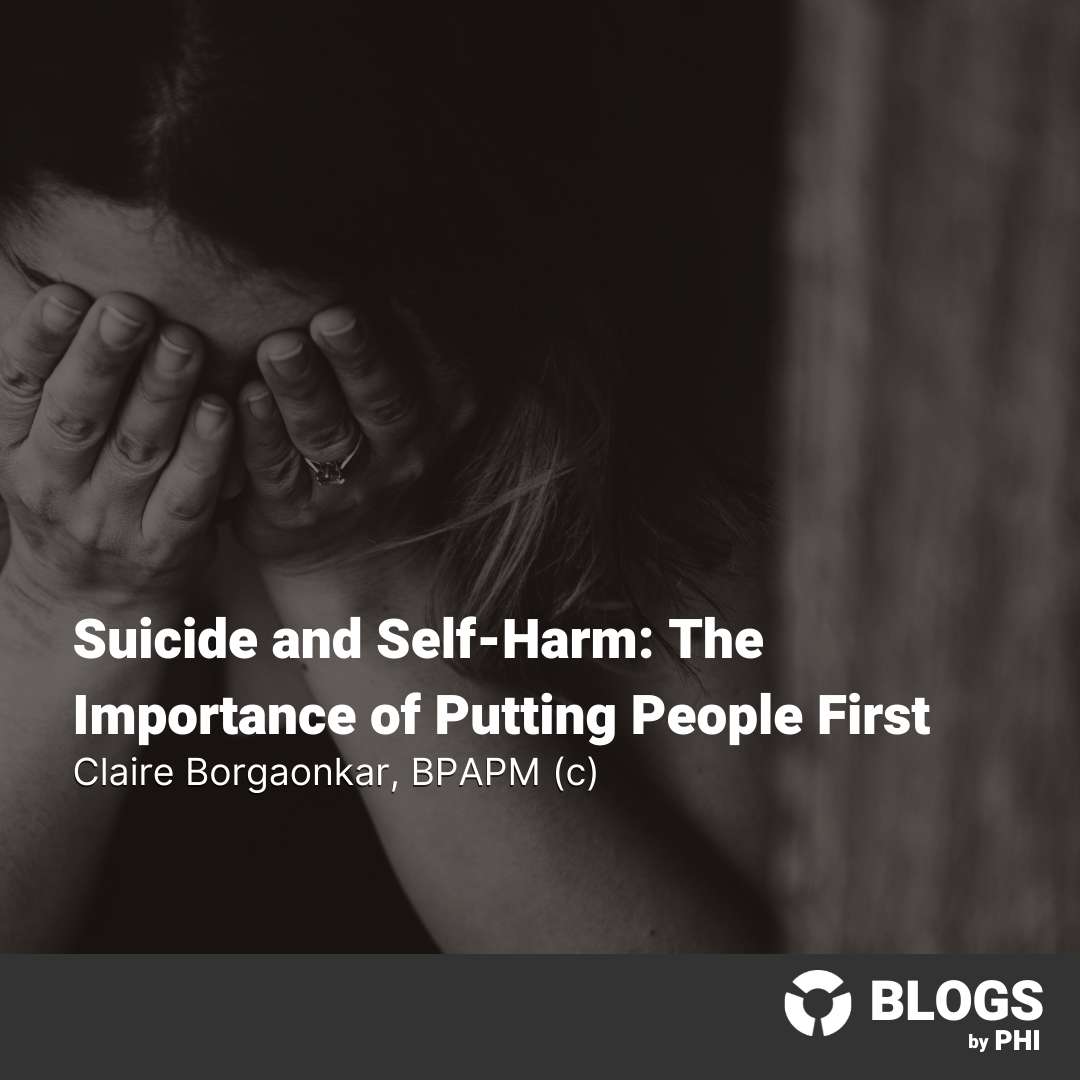
30/1/2022
“Suicide is an urgent public health problem and its prevention must be a national priority. We need concrete action from all elements of society to put an end to these deaths, and for governments to create and invest in a comprehensive national strategy to improve suicide prevention and care.”
– Renato Oliveira De Souza, Head of the Mental Health Unit at the Pan-American Health Organization
Every year, tens of thousands of people lose their lives to suicide. The issue is among the leading causes of death worldwide, yet is rarely discussed in an open and non-stigmatizing manner. It’s estimated that for every one person who dies by suicide, 20 others have experienced an attempt (United For Global Mental Health, 2021), highlighting the need for more thorough prevention and intervention measures.
Social stigma and negative perceptions surrounding suicide have proven to be some of the largest barriers to preventing it. Many individuals and communities still discuss the issue in stigmatizing terms and view the victims of suicide as selfish, shameful, and cowardly. But these perceptions are not impossible to overcome – indeed, the emphasis that the COVID-19 pandemic has placed on mental health and wellbeing could usher in positive change when it comes to suicide prevention and awareness.
In this blog post, we’ll be discussing:
Suicide is defined as “death caused by intentional self-directed injury.” (Naghavi, 2019). In most cases, those who die by suicide experience an extreme amount of emotional pain, and feel as though there is no solution to the challenges they face. Low- and middle-income countries are disproportionately burdened by the issue – approximately 77% of all suicide deaths occur in these countries each year (WHO, 2021).
While anyone can fall victim to suicide, a number of different factors can increase a person’s risk, including:
The WHO estimates that more than 700 000 people lose their lives to suicide each year – though the exact number is difficult to pinpoint. Many regions underreport suicide statistics due to the stigmatization and, in some places, criminalization of the issue, making it nearly impossible to realize its true global impact.
Stigma surrounding suicide is pervasive. In many regions, suicide is seen as a sign of weakness and an attention-seeking behaviour, and victims are often regarded as being cowardly and selfish. Some religious groups consider suicide to be sinful, and see victims as worthy of shame. The issue is even treated as a criminal offense in 20 countries around the world (United For Global Mental Health, 2021).
These negative perceptions are deeply rooted in social and cultural norms, and are thus complicated to undo. But many experts agree that the first step towards de-stigmatizing suicide is changing the way we talk about it in everyday life. Often, the language we use to describe suicide and its impacts inadvertently places blame and shame on the victim – for example, “committed suicide”, “suicide victim”, and “mentally ill people”. These phrases imply that suicide is a criminal act and that the perpetrators are deviant, unstable individuals.
Instead, experts recommend using “person first” language to talk about suicide. This type of language puts emphasis on the person rather than their actions, conditions, or illnesses, and describes the issue in a neutral way (Public Health Agency of Canada, 2018). Examples of person-first language includes:
While these changes are subtle, their impact on suicide prevention and awareness should not be minimized. Normalizing language that presents the issue in a respectful, non-stigmatizing way encourages those struggling with thoughts of suicide to seek help without fear of being shamed by their friends, family, or community.
Since the onset of the COVID-19 pandemic in March 2020, mental health experts and advocates have warned of an increase in mental illness among the general population. As many people grappled with heightened anxiety, stress, social isolation, and fear during the first year of the crisis, some worried that mental health issues and deaths by suicide would skyrocket.
While studies did not observe any pandemic-related increase of deaths by suicide, (Sunnybrook Health Sciences Centre, 2021), these early warnings spurred a much needed global conversation about mental health. As a result, many individuals, organizations, and governments demonstrated a greater willingness to discuss the importance of emotional well-being and encourage others to seek mental health support if needed.
Additionally, increased attention has presented opportunities to enhance suicide prevention and treatment methods. Tele-health and distance-based medical appointments conducted by video call or over the phone have allowed healthcare providers to easily deliver care to individuals living in remote communities (Pfender, 2020). These new technologies have helped expand the reach of mental health counselling, which could potentially save hundreds of additional lives each year.
Suicide has historically been defined by stigma and shame – but recent efforts to conduct honest and respectful conversations are changing the way we understand it. In this blog, we’ve discussed:
Written by: Claire Borgaonkar, BPAPM (c)
Mental Health Commission of Canada. 2018. Research on suicide and its prevention: What the current evidence reveals and topics for future research. Mental Health Commission of Canada. https://www.mentalhealthcommission.ca/wp-content/uploads/drupal/2018-12/Research_on_suicide_prevention_dec_2018_eng.pdf
Naghavi, M. 2019. Global, regional, and national burden of suicide mortality 1990 to 2016: systematic analysis for the Global Burden of Disease study 2016. BMJ 364, no. 194: 1-11.
Pfender, E. 2020. Mental Health and COVID-19: Implications for the Future of Telehealth. Journal of Patient Experience 7, no. 4: 433-435.
Public Health Agency of Canada. 2018. Inequalities in Death By Suicide – Infographic. Public Health Agency of Canada. https://www.canada.ca/en/public-health/services/publications/science-research-data/inequalities-death-suicide-canada-infographic.html
Public Health Agency of Canada. 2018. Language Matters: Safe Language and Messages for Suicide Prevention. Public Health Agency of Canada. https://www.canada.ca/content/dam/phac-aspc/documents/services/publications/healthy-living/language-matters-safe-communication-suicide-prevention/pub-eng.pdf
Sunnybrook Health Sciences Centre. 2021. First worldwide study of suicide during the COVID-19 pandemic. Sunnybrook Health Sciences Centre. https://sunnybrook.ca/media/item.asp?c=1&i=2306&f=covid-19-suicide-study
United For Global Mental Health. 2021. Decriminalizing Suicide: Saving Lives, Reducing Stigma. United For Global Mental Health. https://unitedgmh.org/sites/default/files/2021-09/UNITEDGMH%20Suicide%20Report%202021%C6%92.pdf
World Health Organization. 2021. Suicide. World Health Organization.
https://www.who.int/news-room/fact-sheets/detail/suicide